Help Your Baby Learn The World Around Them With The Best Baby Toys
During the first year of life, infants achieve rapid developmental milestones such as smiling and walking. Whether for your own child or a friend's little one, choosing a developmentally appropriate baby toy is essential for enhancing skills. These toys should be both enjoyable and safe, allowing tiny hands (and mouths) to explore with ease.
The ideal baby toy focuses on stimulating the senses—visual, auditory, and tactile. Sensory exploration is crucial for infants as it allows them to understand the world. Toys that are safe for mouthing and incorporate diverse textures, colors, patterns, and sounds play a significant role in fostering a baby's sensory development.
Baby toys offer a range of benefits, including sensory stimulation, motor skill development, cognitive growth, emotional comfort, social interaction, language development, fostering independence and confidence, educational value, serving as sleep aids, and promoting bonding during playtime. Interactive play with toys creates opportunities for bonding between parents, caregivers, and the baby.
These shared moments contribute to the development of a strong emotional bond. These advantages contribute to the overall development of infants, addressing physical, cognitive, emotional, and social aspects. Choosing age-appropriate and safe toys is essential for a positive and enriching play experience.
Parental Engagement:
While toys play a crucial role in a baby's development, nothing beats the importance of parental engagement. Taking the time to play with your baby, talking to them, and responding to their cues enhances the bonding experience and supports their emotional well-being.
Baby toys play a crucial role in the development and well-being of infants. These specially designed items serve as tools for learning, exploration, and sensory stimulation, aiding in the physical, cognitive, and emotional development of babies.
Here are the most interactive baby toys for enchanting playtime and joyful learning and development :

1.Soft and Plush Toys:
Soft and plush toys are often a baby's first companions. These cuddly items provide comfort and a sense of security. They are also excellent for tactile stimulation and can be used for activities like squeezing, hugging, and exploring different textures.
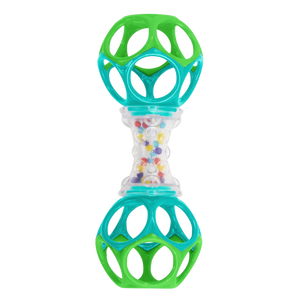
2. Rattles Toys:
Rattles are classic baby toys that help develop a baby's sense of sound and hand-eye coordination. The noise produced when the baby shakes the toy captures their attention and encourages them to explore cause and effect.

3. Teething Toys:
Teething toys are designed to provide relief to babies during the teething process. They are usually made of soft, chewable materials that soothe a baby's gums and provide a safe outlet for their instinct to chew.

4. Mobiles Toys:
Hanging mobiles are often attached to cribs or playpens. These visually stimulating toys feature colorful objects and patterns that encourage visual tracking, promoting the development of a baby's visual and focusing abilities.
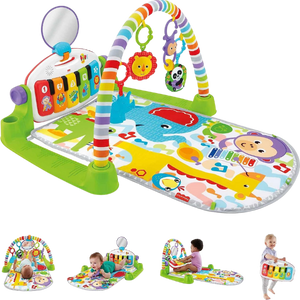
5. Activity Gyms Toy:
Activity gyms consist of a playmat with hanging toys and features like mirrors, crinkly fabrics, and soft textures. These gyms encourage babies to reach, kick, and explore, fostering the development of gross and fine motor skills.

6. Stacking Rings and Blocks:
Stacking toys helps babies develop hand-eye coordination and spatial awareness. As they manipulate and stack the rings or blocks, they learn about size, shape, and balance.
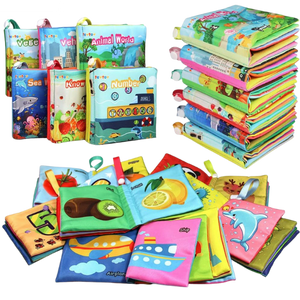
7. Soft Books:
Soft books made of fabric or cloth are excellent for introducing babies to the concept of books. These books often have crinkly pages and various textures, providing sensory stimulation while encouraging an early interest in reading.
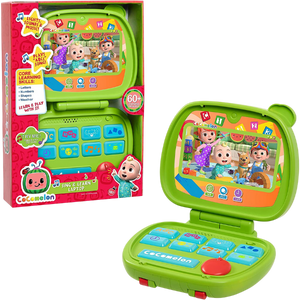
8. Musical Toys:
Musical toys, such as xylophones or soft musical plushies, introduce babies to different sounds and pitches. These toys not only stimulate auditory senses but also contribute to the development of a baby's sense of rhythm.

9. Shape Sorters:
Shape sorters challenge babies to match different shapes with corresponding holes. These toys help improve problem-solving skills, hand-eye coordination, and the understanding of spatial relationships.
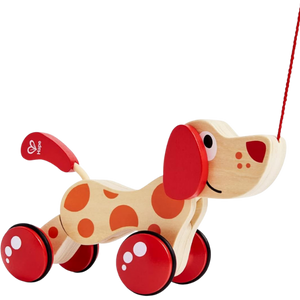
10. Pull Toys:
Pull toys with wheels are great for encouraging babies who are learning to crawl or walk. The act of pulling the toy helps develop gross motor skills, and the movement of the wheels captures the baby's interest.
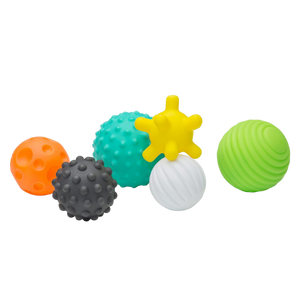
11. Sensory Balls:
These textured, squeezable balls are designed to enhance a baby's tactile senses. The different textures stimulate touch, and the act of grasping and squeezing helps strengthen hand muscles.

12. Water Play Toys:
Bath time can be made more enjoyable with water play toys. These can include floating boats, rubber duckies, and cups that allow babies to explore the concept of pouring and filling, promoting sensory and water awareness.
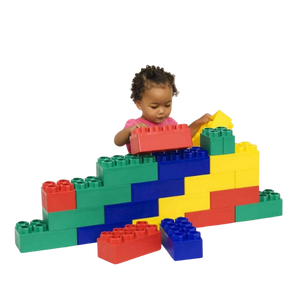
13. Soft Building Blocks:
Soft building blocks, often made of foam or fabric, are safe and lightweight, making them suitable for little hands. Babies can practice stacking and knocking down the blocks, promoting hand-eye coordination and spatial understanding.

14. Mirror Toys:
Baby-safe mirrors provide visual stimulation and encourage self-recognition. Infants are often fascinated by their own reflections, and mirrors can be strategically placed in toys to capture their attention and promote visual exploration.

15. Push and Pull Toys:
Push and pull toys, such as wheeled animals or cars, encourage babies who are starting to walk. These toys support the development of balance and coordination as babies push or pull them across the floor.
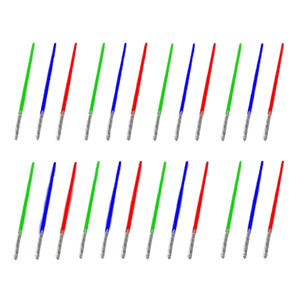
16. Light-Up Toys:
Toys that light up in response to touch or movement can capture a baby's attention and promote visual tracking. These toys often incorporate cause-and-effect relationships, as babies learn that their actions can influence the lights and sounds.

17. Soft Play Cubes:
Soft cubes with different textures, colors, and patterns provide a versatile play experience. Babies can manipulate and explore these cubes, enhancing their sensory perception and fine motor skills.
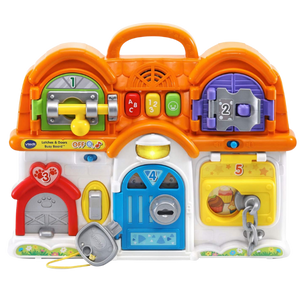
18. Busy Boards:
Busy boards are interactive panels with various textures, buttons, zippers, and other activities. They encourage fine motor skills and problem-solving as babies explore the different elements on the board.

19. Soft Puzzles:
Soft puzzles with large, easy-to-grasp pieces help develop problem-solving skills and hand-eye coordination. These puzzles often feature vibrant colors and simple shapes that engage a baby's visual and cognitive senses.
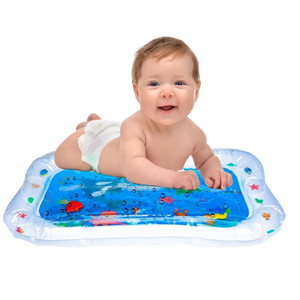
20. Tummy Time Mats:
Tummy time is crucial for developing neck and upper body strength. Tummy time mats often include attached toys, mirrors, and textures to make this essential activity more enjoyable for babies.
Remember, while providing a diverse range of toys is beneficial, it's equally important to ensure that they meet safety standards and are appropriate for the baby's age and developmental stage. Regularly inspecting toys for wear and tear and keeping an eye on age recommendations help create a safe and engaging play environment for infants.

